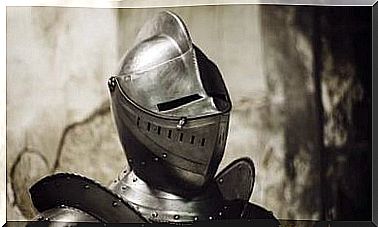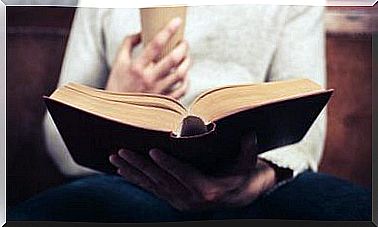Learn Everything You Need To Know About First Aid For Children
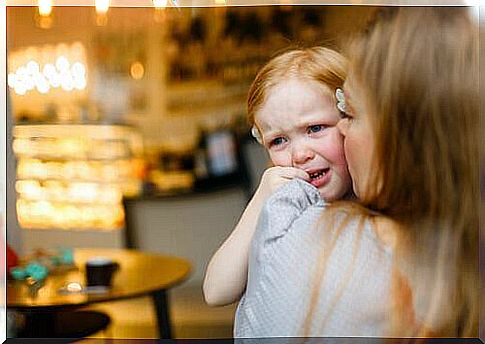
Many people know about first aid. Some people have taken courses and others have had to learn it on their own. In most cases, however, we only learn how to use it in adults. People generally do not learn first aid for children and babies. The problem with that is that there are some important differences you need to be aware of.
Our bodies change a lot when we go from childhood to adolescence to adulthood. This physiological difference is one of the main reasons why first aid is not the same for children as for adults. But there are also differences in the first aid you use for newborns, infants and young children.
In this article, we will show you some of the most important things you need to know if you are ever in a first aid situation with a child.
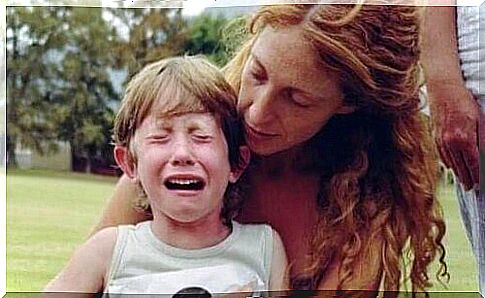
First aid for children: The important things to know
There are many first aid techniques because there are many different types of accidents and injuries. In this article, we will go through a list of the most common accidents in children and how you can treat them.
Most young children are at a stage where they want to explore, so it can be difficult to keep track of them all the time. This is also a big reason why they get hurt so often.
1. Cut
Cuts are most often due to the handling of sharp objects such as knives and broken glass. If a child cuts himself, the first step is to see if it is a clean cut. For example, if there was broken glass, some pieces may still be inside the wound.
The next step is to clean the wound before taking any antiseptic. Not cleaning the wound beforehand makes them less effective. Water and soap are usually enough.
If the cut is not too deep, let it breathe and do not cover it. However, you should wash it often so that it grows properly. If there is a deep cut, you should take your child to the doctor so they can sew the wound. If it is about in the middle in between, a patch should be enough to protect it and prevent it from bothering the little one.
2. First aid for children: Nosebleeds
Nasal bleeding does not indicate any serious condition. It is often the result of sneezing, allergies or an increase in blood pressure. Children’s blood vessels are much weaker than adults’. This means that the blood vessels in the nose and ears are much more likely to rupture.
The important thing when this happens is to ask the child to tilt his head forward. It is the opposite of what you normally do, but it actually ensures that the blood only flows from the nose. They need to stay that way while putting pressure on their septum. Be firm, but only on the soft part of the nose to avoid further damage.
3. Burns
Burns occur mostly in the kitchen. For example, a child may touch hot surfaces such as pots, pans, the oven or the stove. If this happens, the first thing you need to do is evaluate your metabolism. Some people need immediate medical attention, but most are not overly serious. Still, no matter how severe, you need to treat a burn right away.
First, pour lukewarm water over the combustion for at least twenty seconds. Then let it breathe. Do not use ointments or burst blisters if they appear. Eventually you will use an ointment, but this is only when the burn has almost healed.
If there is a severe burn, you should take your child straight to the hospital or emergency room.
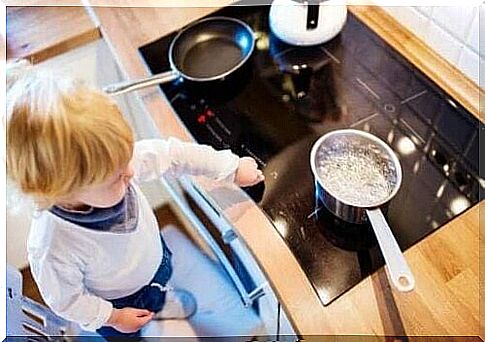
4. First aid for children: Choking
Choking can be scary and it is a situation that requires you to act particularly quickly. This means that the child cannot breathe properly. It can be a great help to teach children (if they are old enough) some gestures they should make if they realize they are suffocating and unable to speak.
If you see that a child can not breathe, pay attention to whether they cough, cry or gargle. In some of these cases, the air gets through to the throat. It is a dangerous situation, but not as life-threatening as suffocation.
On the other hand, if there is no air, you must call an ambulance immediately. While you are waiting, take the baby by the armpits and hit them five times on the highest part of the back. If this does not work, proceed to the Heimlich maneuver.
Conclusion
The most important thing about first aid for children is to always assess the situation. You have to make a short decision whether you are going to the hospital or not. These are things you have the skill and knowledge to tackle on your own. If you feel that you can handle a situation yourself, it can save everyone the extra anxiety.
However, if your child’s life is in danger, do not hesitate: call an ambulance or hurry to the hospital. Even if you are an expert in first aid for children, it is never a bad idea to ask for professional help.



